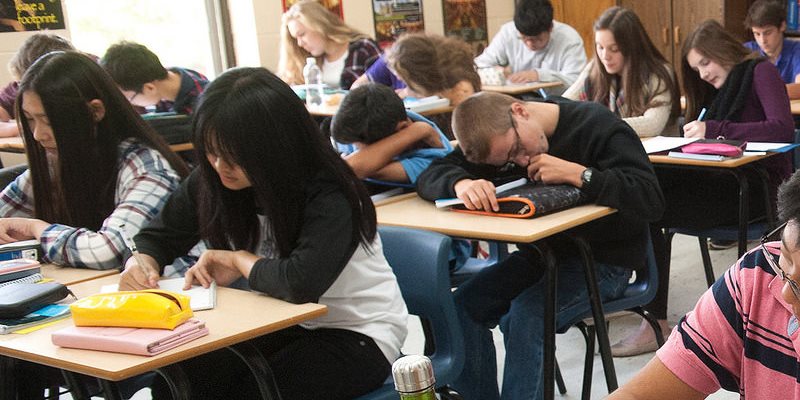Upcoming PISA results will shed light on student performance across Canada

The world will soon be in the grip of PISA envy again.
On December 3, PISA—the Programme for International Student Achievement—will release results from reading, math and science tests completed by half a million 15-year-old students in 79 countries. Sponsored by the OECD, PISA has tested randomly-selected students around the world every three years since 2000. Media, politicians, educators, taxpayers and test-takers will want to know how they did—especially who did better or worse.
This is serious stuff. Despite all the hullabaloo about the rankings, PISA will publish treasure troves of detailed information, which will influence education decisions in cabinet rooms, board offices and school staffrooms worldwide including here in Canada. Here are three key things to look for.
First, are we still in the top tier internationally? Canada has performed very well since PISA began. In 2015, the last reported round, Canada tied with Hong Kong for the second-highest average score in reading, had the seventh-highest average score in science and placed 10th in math.
Japan, the only G7 country to outperform Canada overall, ranked second in science and fifth in math, but was outperformed by Canada in reading (placing eighth overall). Canada significantly outperformed all other G7 countries including the United Kingdom and the United States. Canadians seem unaware of their country’s outstanding PISA record, but this is something in which we can take genuine pride.
Still, it’s somewhat misleading to talk about “Canada’s” education performance, of course, because we don’t have a national education system. Strictly speaking, neither do many other countries such as the U.S., U.K. and Spain. But these and other countries have a much stronger national policy presence in education.
Subsequently, the second thing Canadians should look for is how the provinces performed relative to each other and globally. As might be expected, the largest wealthiest provinces outperform the others—but there are some surprises. Despite having the lowest level of per-student spending until 2016, Quebec outscored all provinces in math over the last decade, placing third behind Singapore and Hong Kong in the 2015 global rankings. British Columbia, the second-lowest spending province in per-student terms in recent years, had the highest global reading score in 2015, outperforming Singapore (and Alberta, Quebec and Ontario). In other words, two of Canada’s lower-spending provinces (on a per-student basis) are international leaders in student performance.
In 2015, Alberta placed second in science (behind Singapore) followed closely by B.C. Among the other provinces, Nova Scotia and Prince Edward Island did well in the 2015 results with Manitoba and Saskatchewan achieving the lowest scores. Ontario placed fourth among the provinces in all subjects in 2015.
The third thing to look for is math scores. Math is Canada’s weakest PISA subject and scores have been declining. The national score fell 16 points from 532 in 2003 to 516 in 2015, a drop of 3.0 per cent. Math scores declined in all provinces (except PEI where there was a small increase) and Quebec where math scores grew from 537 in 2003 to 544 in 2015, an increase of 1.3 per cent. Despite year-over-year increases in per-student spending, math scores in each of the other Big Four provinces—B.C., Alberta and Ontario—decreased. Declining math performance is a worrisome trend. Further continuing declines in the 2018 results—which again, are available this week—should set alarm bells ringing.
Author:
Subscribe to the Fraser Institute
Get the latest news from the Fraser Institute on the latest research studies, news and events.

